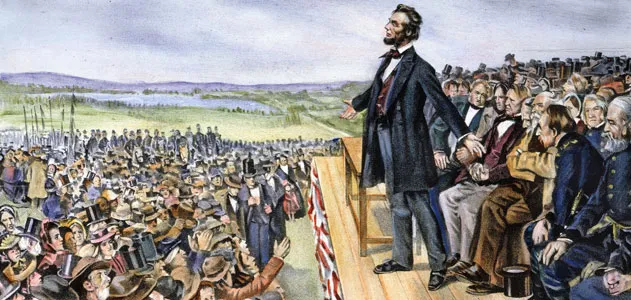African American civil rights activist Martin Luther King’s speech “I Have a Dream” emphasized the unrealised promise of economic freedom for black Americans – and the White House dreaded the consequences. The physical copy of this speech is widely regarded as one of the most influential documents in American history. Read on to discover the surprising journey of this historic document In the annals of history, August 28, 1963, stands as a pivotal moment-a day when Martin Luther King Jr. delivered his timeless oration, “I Have a Dream,” to a crowd of nearly 2,50,000 people gathered at the Lincoln Memorial in Washington, D.C. Little did anyone know, amidst the fervor of that day, that the physical copy of this iconic speech would embark on a journey of its own, passing through the hands of an unlikely guardian.
George Raveling’s brush with history As King concluded his speech and stepped away from the podium, he found himself face to face with George Raveling, a former Villanova University basketball player assigned to provide security. In a serendipitous moment, Raveling, moved by the speech, asked King if he could have the folded papers (that had the written oration). Without hesitation, King handed over the speech to the young volunteer, unaware of the significance of this exchange.
The speech finds its voice
For nearly two decades, the speech remained tucked away in a Harry Truman biography, as Raveling pursued his career in NCAA basketball coaching. It wasn’t until 1984, during a conversation with a journalist, that Raveling revealed his possession of the historic document. Prompted by the journalist’s interest, Raveling retrieved the speech and had it professionally framed.
Safeguarding a national treasure As Raveling began to grasp the importance of the speech, he decided to secure it in a bank vault in Los Angeles. Despite receiving lucrative offers from collectors, including a staggering $3 million bid in 2014, Raveling remained steadfast in his decision to preserve the speech’s integrity. Instead, he entrusted Villanova University with the responsibility of safeguarding this invaluable piece of history.
A homecoming
In August 2021, Villanova announced its role as the custodian of King’s speech, which made its public debut at the National Museum of African American History and Culture later that month. Commemorating the 60th anniversary of the march in Washington, the speech returned to the Smithsonian’s National Museum of African American History and Culture on August 7, 2023. This temporary exhibition provided an opportunity for visitors to connect with the speech’s profound impact on American history. As the world continues to cherish and commemorate King’s legacy, the physical copy of his iconic speech remains a poignant reminder of the power of words to inspire change and unite humanity.
DID YOU KNOW?
• It was actually gospel singer Mahalia Jaskson’s cry “Tell them about the dream, Martin!” that prompted King to improvise the line I have a dream.
• In 2003 Martin Luther King Jr.’s famous words were inscribed into the spot where he gave the iconic speech.
Picture: Credit Google



